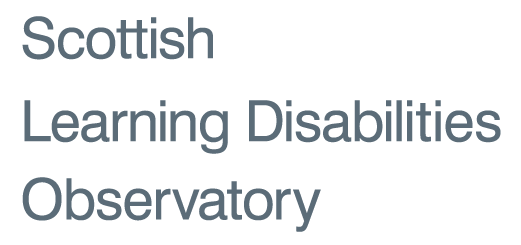Prevalence, types and associations of medically unexplained symptoms and signs

Background
People with learning disabilities face significant health inequalities. They have a high prevalence of health problems and a shorter life expectancy than the general population. Not only are their levels of health needs higher than the general population, their patterns of health needs are different and their health needs are often unmet. People with learning disabilities are known to experience specific disorders at a higher rate than the general population, such as epilepsy, psychosis, gastro-oesophageal reflux disorder, constipation and sensory impairments. However, less is known about the symptoms and signs they experience that have no identified medical cause.
Medically unexplained symptoms such as abdominal pain, backache and headache are common in the general population in primary health care settings. Although these conditions often remain unexplained, there are management approaches which can be helpful, including acknowledgement of the problem, reassurance, identification of stressors, antidepressants, and psychological approaches, all of which can reduce suffering. However, it is not known if medically unexplained symptoms have the same presentations, and are as common, in people with learning disabilities.
This study aimed to identify the prevalence of unexplained symptoms and signs experienced by people with learning disabilities, through a large-scale, population based study, and to identify the factors independently associated with them.
What we did
Adults, aged 16 and over, with learning disabilities (n = 1,023) were recruited to the study from part of the Greater Glasgow Health Board area, Scotland. Individual consent to participate was taken from each participant and for participants who lacked capacity - consent was taken from the nearest carer, in keeping with Scottish law.
Each participant was assessed by a registered nurse and a general practitioner. Each participant’s primary health care case notes were reviewed prior to a detailed face to face assessment. The face to face assessment was conducted with support from the person’s paid or family carer. The assessment was conducted using the C21st Health Check, which was designed specifically for use with adults with learning disabilities, and provides a comprehensive list of symptoms and signs that are systematically enquired about and examined for. Information was also collected on demographic factors. The assessment process took about 4 hours per participant.
What we found
Some of the unexplained signs and symptoms we found are similar to those commonly reported in the general population (e.g. headache, nausea, dizziness). However, others are not commonly recognised in the general population, including dysphagia, ataxia, polyuria, oedema and skin rash. The prevalence of medically unexplained symptoms and signs in adults with learning disabilities was 64.9% and 45.9% had multiple unexplained signs or symptoms. This level of medically unexplained signs or symptoms is 3.8 times higher than that reported in the general population. A number of these conditions are also painful and/or disabling and many might be improved if properly managed. Despite the very high prevalence, this is surprisingly an area of health need that has not previously attracted attention for adults with learning disabilities.
What these findings mean
These findings can help to inform the development of health check materials to include the common symptoms and signs amongst people with learning disabilities (in addition to the current approach of management of common long-term health conditions).
This research highlights that health checks should actively review symptoms and signs, offering further investigation where indicated, and providing supportive management for medically unexplained symptoms.
Our findings also offer some guidance to the types of symptoms and signs that should routinely be incorporated into enquiries and examinations conducted in health checks for adults with learning disabilities.
Page updated 1 May 2018
